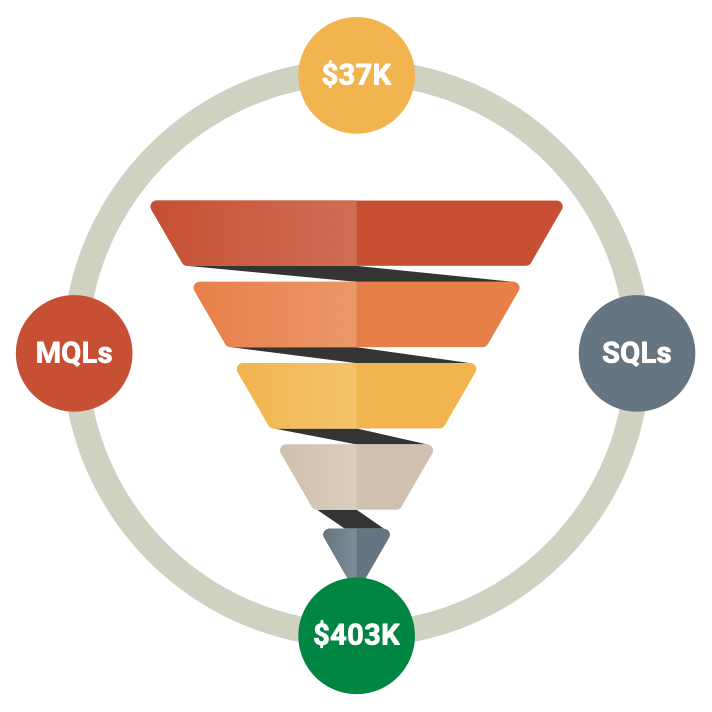As businesses increasingly rely on cloud-based data warehousing solutions, the demand for cost-efficient and scalable platforms has skyrocketed. Snowflake, a cloud-based data warehousing platform, has become a popular choice for organizations to store and analyze large amounts of data. However, without proper management and optimization practices, Snowflake credit consumption can catch you off guard.
While management and usage optimization start with effective monitoring, it is often easier said than done, unless of course you have the technical skills necessary. For those who do not have the technical expertise required to build out usage details within Snowflake, we offer easily accessible, comprehensive Snowflake Usage Analytics presented with understandable dashboard visualizations. Below we discuss five best practices for Snowflake management and optimization.
1. Utilize Auto-Suspend and Auto-Resume Features
Snowflake provides auto-suspend and auto-resume features that can help with optimization. Auto-suspend automatically shuts down a Snowflake warehouse when it’s idle for a specified amount of time. This feature can save costs by reducing the amount of time that the cluster runs without being used. Auto-resume automatically restarts a suspended cluster when a query is submitted. This feature ensures that the cluster is available when it is needed, without incurring additional costs when it is not.
2. Use Appropriate Sizing and Scaling Options
Choosing the appropriate cluster size and scaling options is critical for optimizing Snowflake costs. Snowflake offers various cluster sizes, each with a different level of compute and storage capacity. Choosing a smaller cluster size than necessary can lead to slower query performance, while choosing a larger cluster size can lead to unnecessary costs. Additionally, Snowflake offers scaling options, such as manual scaling and auto-scaling, that can help balance performance and cost.
3. Monitor and Optimize Storage Usage
Snowflake charges based on the amount of data stored in the platform, so it is essential to monitor and optimize storage usage. Snowflake provides tools, such as the storage usage dashboard and data retention policies, that can help manage and reduce storage costs. The storage usage dashboard provides visibility into storage usage and identifies data that can be deleted or archived. Data retention policies can be used to automatically remove data that is no longer needed. Pre-built Snowflake Usage Analytics are also available from DataLakeHouse.io for less technical users who require visibility of the organization’s Snowflake usage and costs.
4. Minimize Data Movement
Snowflake also charges based on data egress, or the amount of data transferred out of the platform. Minimizing data movement can help reduce costs. To minimize data movement, consider using Snowflake’s external tables feature to query data that resides outside of Snowflake without having to transfer it into the platform. Additionally, consider using Snowflake’s compute features, such as materialized views and result caching, to reduce the need to recompute data.
5. Optimize Query Performance
Optimizing query performance can help reduce Snowflake costs by minimizing the amount of time it takes to complete queries. Snowflake offers various features, such as query profiling and query optimization, that can help improve query performance. Query profiling provides visibility into query execution and can identify performance bottlenecks. Query optimization tools, such as query hinting and query rewriting, can be used to optimize queries for specific use cases.
Conclusion
Snowflake is a powerful data warehousing platform that can provide organizations with significant insights and cost efficiencies even if you don’t monitor usage. When you’re able to properly monitor your organization’s Snowflake account, you can easily determine whether your current data warehousing practices are appropriate or another approach should be taken. Implementing the best practices outlined in this blog post enables organizations to optimize their Snowflake spend while maintaining high performance and scalability. By utilizing auto-suspend and auto-resume features, choosing appropriate sizing and scaling options, monitoring and optimizing storage usage, minimizing data movement, and optimizing query performance, organizations can maximize the value of their Snowflake investment.
Although these best practices can be implemented by anyone who knows their way around Snowflake, we recognize that not everyone always has the time or the resources to do so. That’s where our partner AICG comes in! AICG’s team of SnowPro certified professionals can help you maximize your organization’s Snowflake by executing the best practices listed above.
Try our Snowflake Usage Analytics for free and start optimizing your Snowflake account. You can also watch our webinar or set up a demo with one of our data and analytics experts to see our dashboard visualizations in action.
Check out our blog post for more information on maintaining an efficient cloud data warehouse.


